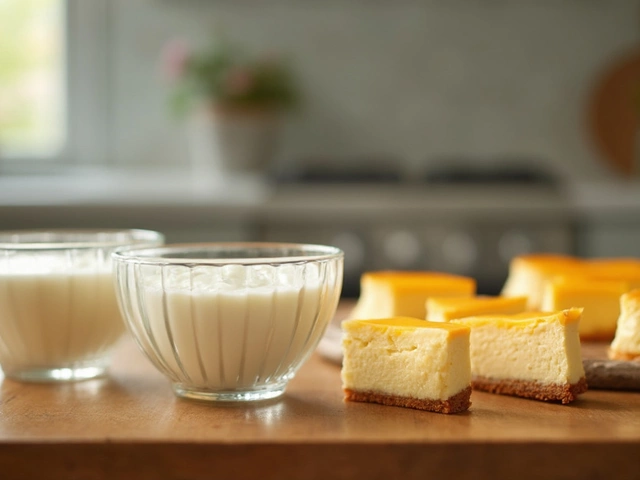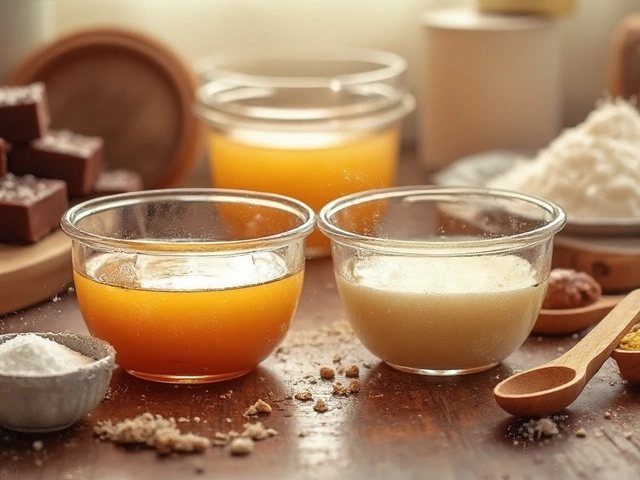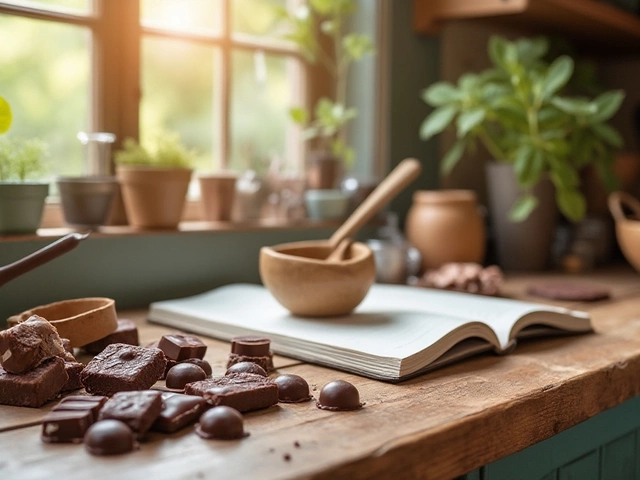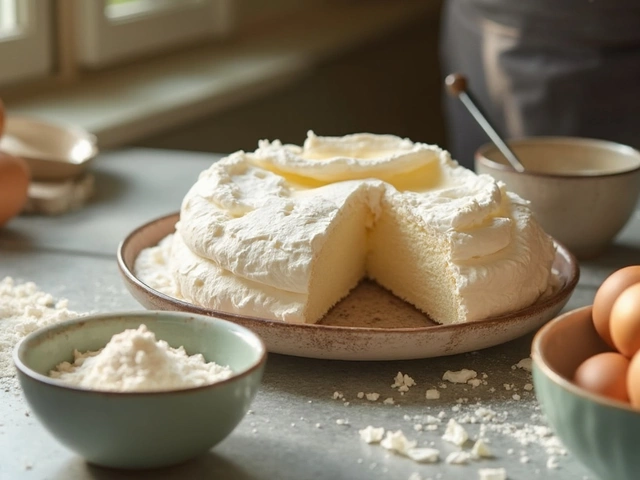Macaron Facts: Everything You Need to Know
Ever wondered why those tiny, rainbow‑colored cookies are called macarons? Or why they can cost a small fortune in Paris? You’re not alone. This page pulls together the most interesting macaron facts, from history to price, and gives you quick links to the posts that dive deeper.
Origins and History
Macarons didn’t start in a fancy French patisserie. They trace back to medieval Italy, where a simple almond‑based biscuit called “maccherone” was popular. When the recipe crossed the Alps to France in the 16th century, monks in the town of Saint‑Rémy‑de‑Provence began tweaking it, adding sugar and egg whites. By the 19th century, the famous double‑shell version with a creamy filling was perfected by the famous Italian‑French chef Pierre Lecoq, who worked for the royal court.
One quirky fact: the French word “macaron” actually refers to the whole family of almond‑based sweets, while the filled sandwich we love is called a “macaron Parisien.” That’s why you’ll sometimes see the term “Paris‑style macaron” in recipes.
Pricing and Buying Tips
If you’ve ever stared at a tray of macarons in a Paris bakery and thought, “Do I really need to spend €2 each?” you’re not the only one. Prices vary based on location, ingredients, and brand reputation. In a typical Parisian shop, a single macaron can cost anywhere from €1.50 to €3.50. Luxury boutiques that use rare flavors or organic almonds push the price up to €5 or more per piece.
Want to save money without sacrificing quality? Look for macarons made in smaller towns outside of Paris—places like Lille or Lyon often offer the same craftsmanship for half the price. Also, check out seasonal sales; many bakeries discount unsold trays at the end of the day.
When you buy, pay attention to the texture. The shell should be crisp on the outside and slightly chewy inside, while the filling should be smooth, not grainy. If the shells feel soft or the filling looks watery, the macrons are probably past their prime.
Our post “Macaron Prices in France: What to Expect and How to Save” breaks down the cost factors in detail and shares links to budget‑friendly bakeries. It’s a quick read that can save you a few euros on your next sweet treat.
Besides price, there are a handful of fun facts that will impress any dessert lover at your next gathering. For example, did you know that the perfect macaron shell should have a small “foot” – a smooth, raised edge that forms during baking? That foot is a sign that the meringue was beaten to the right stiffness and the oven temperature was spot on.
Another neat tidbit: the colour of a macaron isn’t just for looks. Historically, bakers used natural pigments like beetroot for red, spinach for green, and saffron for yellow. Today, many shops still stick to natural dyes, though some experiment with food‑grade powders for bold shades.
Ready to explore more? Browse the other posts in this tag for deeper dives into macaron history, storage tips, and even how to make them at home without a professional kitchen. Whether you’re a casual fan or a budding baker, these facts will make your next macaron experience a little sweeter.
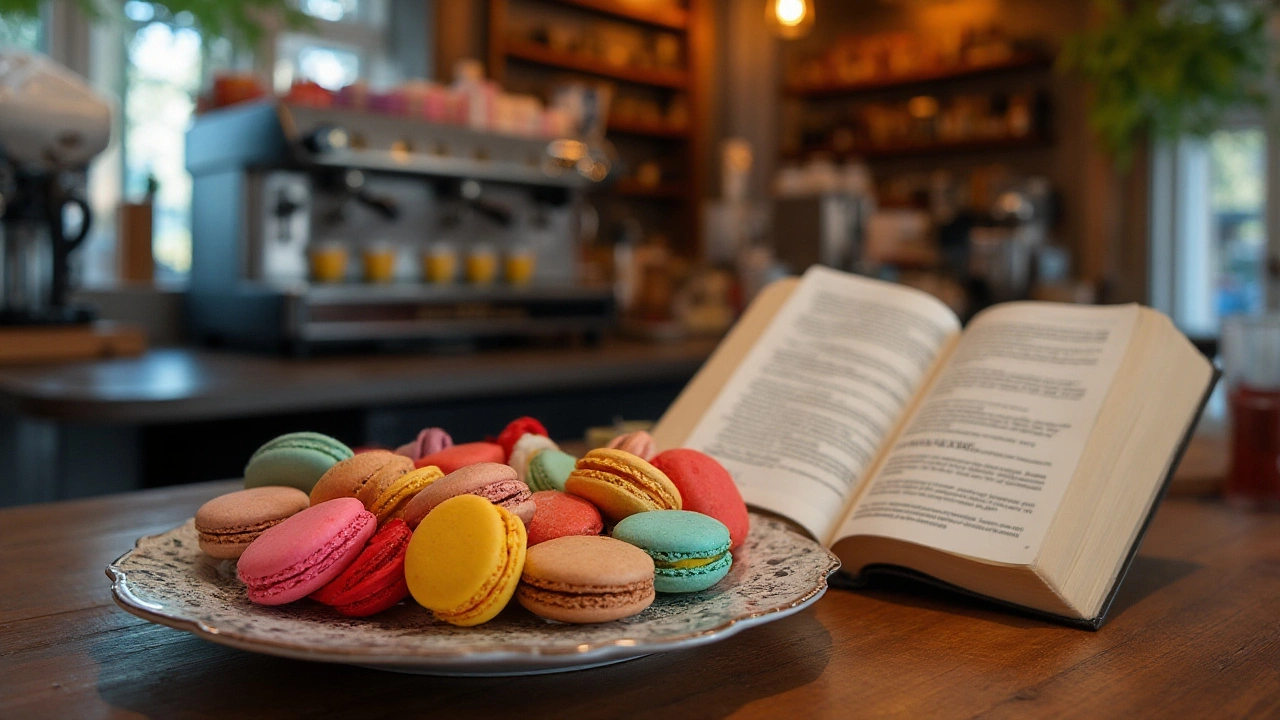
How to Pronounce 'Macaron' in Portuguese: A Sweet Linguistic Guide
In this article, we explore the pronunciation of 'macaron' in Portuguese, offering a sweet and playful linguistic guide to this delightful pastry. Learn fascinating facts about macarons, dive into their history, and discover pronunciation tips that will make you sound like a pro. Whether you're planning a trip to Portugal or simply want to improve your culinary vocabulary, this article has got you covered. We’ll also unravel some common misconceptions about the French and Portuguese interpretations of this confectionery delight.
View More
